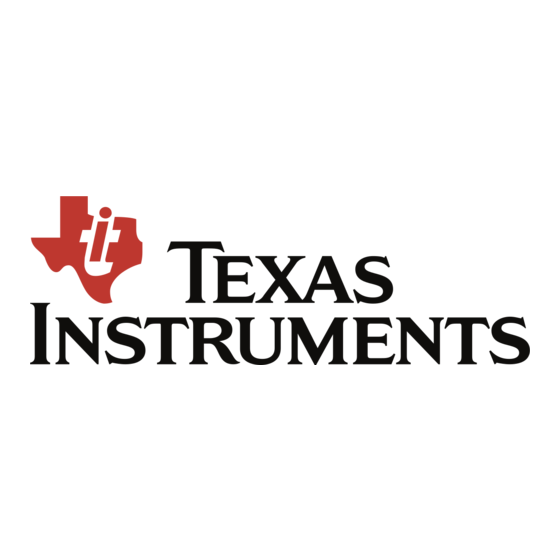
Advertisement
1-Wire Weather Station
Thank you for purchasing the 1-Wire Weather Station. You will need at minimum one 1-Wire
Weather Sensor, a HA3 or HA4 Host adapter, and the OneSix server software. Most packages will
include multiple 1-Wire Weather Sensors, an intermediate cable; a mast mounted junction box and
Weather View 32 Software. This documentation will assume that you have purchased the complete
package.
The 1-Wire Weather Station™ has several unique qualities because it utilizes the Dallas
Semiconductor 1-Wire Microlan™. The 1-wire system does not require external power supplies, all
power is supplied by the PC RS-232 Port. All 1-Wire Weather Sensors are intelligent digital devices
that have calibration information, unique serial numbers and sensor type information stored in the
memory of each sensor. Up to 100 sensors (depending on the type sensor and length of the cable)
can be attached anywhere into the 1-Wire Microlan (a twisted pair cable).
Data is made available via a DDE link. Any Windows® application that can use DDE can obtain this
data from the OneSix™ Server. Examples of such applications include Weather View 32,
Microsoft® Office products like Word® & Excel®, Wonderware® Intouch, National Instruments®
LabView® & LookOut®, Capital Equipment Corp.® TestPoint, general development applications like
Microsoft® Visual Basic and Borland® Delphi. This system allows you to run several software
packages at the same time, all reading from one set of weather sensors.
HARDWARE INSTALLATION
We strongly suggest that all the 1-Wire Weather Station Sensors, intermediate cable,
junction box and host adapter be connected to your PC, and that your software be installed
on your computer and tested prior to the installation of your sensors on the roof, so that you
may become familiar with the operation of this equipment.
The 1-Wire Weather Station uses multiple sensors to gather weather data. The wind direction and
speed sensor, the temperature/humidity pagoda, the solar radiation/leafwettnes sensor, lightning
sensor and the rain collector are designed to mount to a television type mast (not provided). The
barometric pressure sensor is designed to be inside; plugged into the host adapter. Also plugged
into the host adapter will be with the red intermediate cable that goes to the roof sensors. (Note: the
pressure sensor must be plugged into the host adapter with the TWI dropping adapter in line or the
pressure sensor will not work.)
Texas Weather Instruments, Inc.
1-Wire Weather Station
1-Wire Weather Station
Advertisement
Table of Contents

Summary of Contents for Texas Instruments Weather Radio
- Page 1 1-Wire Weather Station Thank you for purchasing the 1-Wire Weather Station. You will need at minimum one 1-Wire Weather Sensor, a HA3 or HA4 Host adapter, and the OneSix server software. Most packages will include multiple 1-Wire Weather Sensors, an intermediate cable; a mast mounted junction box and Weather View 32 Software.
- Page 2 1-Wire Weather Station Texas Weather Instruments, Inc. 1-Wire Weather Station...
- Page 3 1-Wire Weather Station C A U T I O N !! :BE EXTREMELY CAREFUL NOT TO TOUCH ANY HIGH POWER LINES DURING INSTALLATION OF THE VARIOUS SENSORS!!! The wind direction and speed sensor is normally mounted on television type antenna masts. For best results the wind ·...
- Page 4 1-Wire Weather Station The solar/leafwettness sensor must be pointed South and must be free of shadows created by the other sensors (near the top of the mast is normally the best). Take care that the sensor is perfectly level. Run the solar sensor cable to the junction box and plug it in to RJ11 connector. The rain collector is normally mounted on the mast.
- Page 5 The only sensor that must be calibrated is barometric pressure. Obtain the correct local pressure from a reliable source such as a weather radio or TV Station, go into the setup menu, then weather station properties and change the offset. For more information on Weather View 32, refer to the Weather View 32 manual.
- Page 6 1-Wire Weather Station FCC RADIO FREQUENCY INTERFERENCE STATEMENT NOTE: This equipment has been tested and found to comply with the limits for a Class B digital device, pursuant to Part 15, Subpart B, of the FCC Rules. This equipment generates, uses, and can radiate radio frequency energy.

Need help?
Do you have a question about the Weather Radio and is the answer not in the manual?
Questions and answers